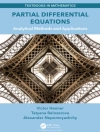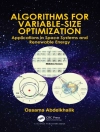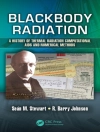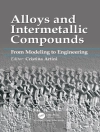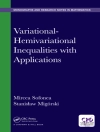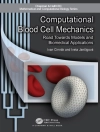The family of statistical models known as Rasch models started with a simple model for responses to questions in educational tests presented together with a number of related models that the Danish mathematician Georg Rasch referred to as models for measurement. Since the beginning of the 1950s the use of Rasch models has grown and has spread from education to the measurement of health status. This book contains a comprehensive overview of the statistical theory of Rasch models.
Part 1 contains the probabilistic definition of Rasch models, Part 2 describes the estimation of item and person parameters, Part 3 concerns the assessment of the data-model fit of Rasch models, Part 4 contains applications of Rasch models, Part 5 discusses how to develop health-related instruments for Rasch models, and Part 6 describes how to perform Rasch analysis and document results.
Sobre el autor
Karl Bang Christensen is Associate Professor at the Department of Biostatistics at the University of Copenhagen in Denmark. With a background in mathematical statistics he has worked mainly within Biostatistics and Epidemiology. Inspired by the issue of measurement in social and health sciences he has published methodological work about Rasch models in journals such as Applied Psychological Measurement, the British Journal of Mathematical and Statistical Psychology and Psychometrika.
Svend Kreiner is Professor at the Deptartment of Biostatistics, Institute of Public Health, University of Copenhagen, Denmark. He has for some years tried to combine his interest in Rasch models with his interest in graphical models for categorical data and has developed a family of Rasch-related models that he refers to as graphical loglinear Rasch models in which several of the problems with Rasch models for social and health science data have been resolved.
Mounir Mesbah is Professor of Statistics at the Department of Mathematics and Statistics, University Pierre and Marie Curie, Paris, France. Within the Department of Mathematics and Statistics, he is currently teaching at the ISUP (UPMC Institute of Statistics) and is in charge of biostatistical options.


